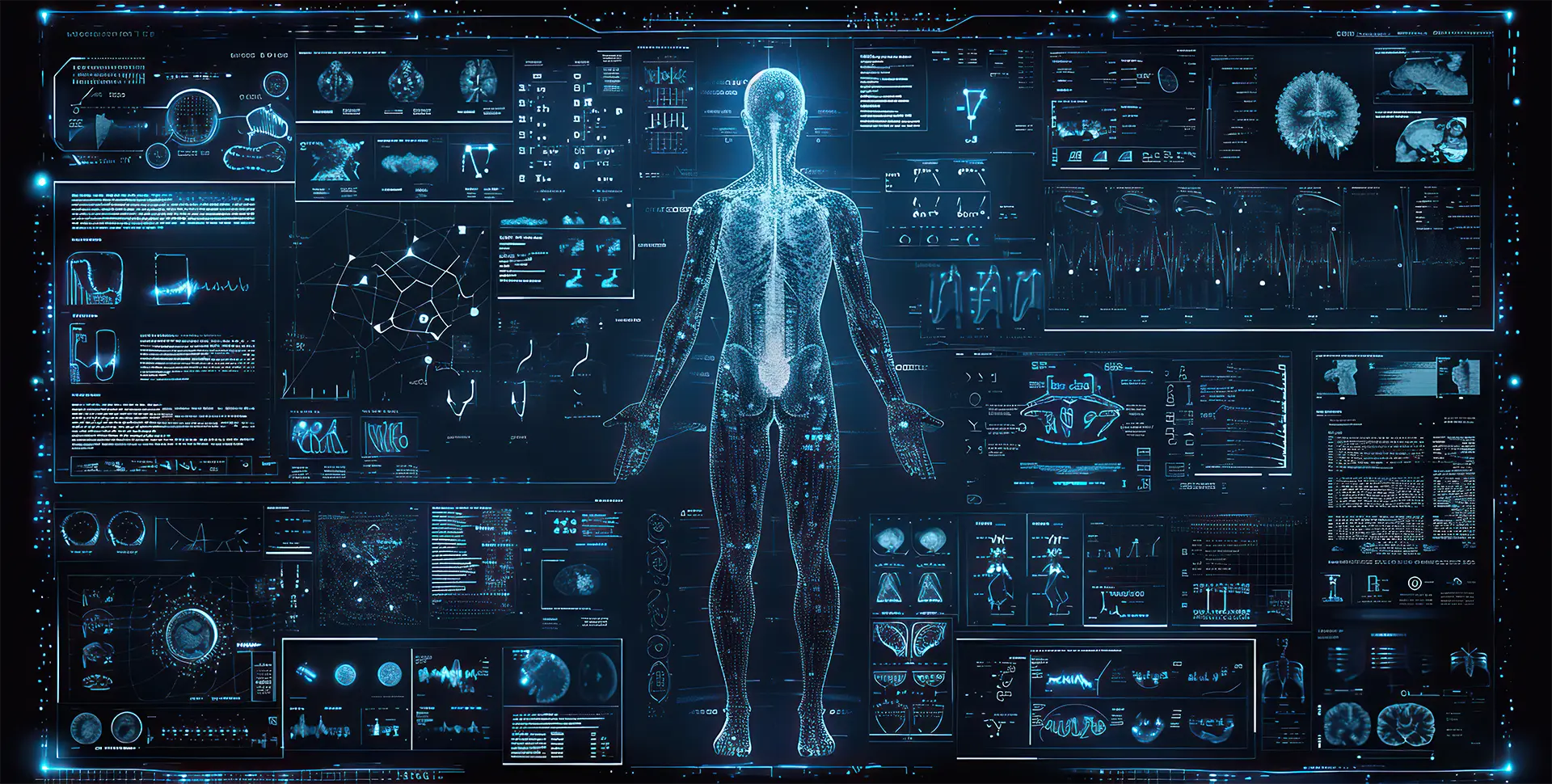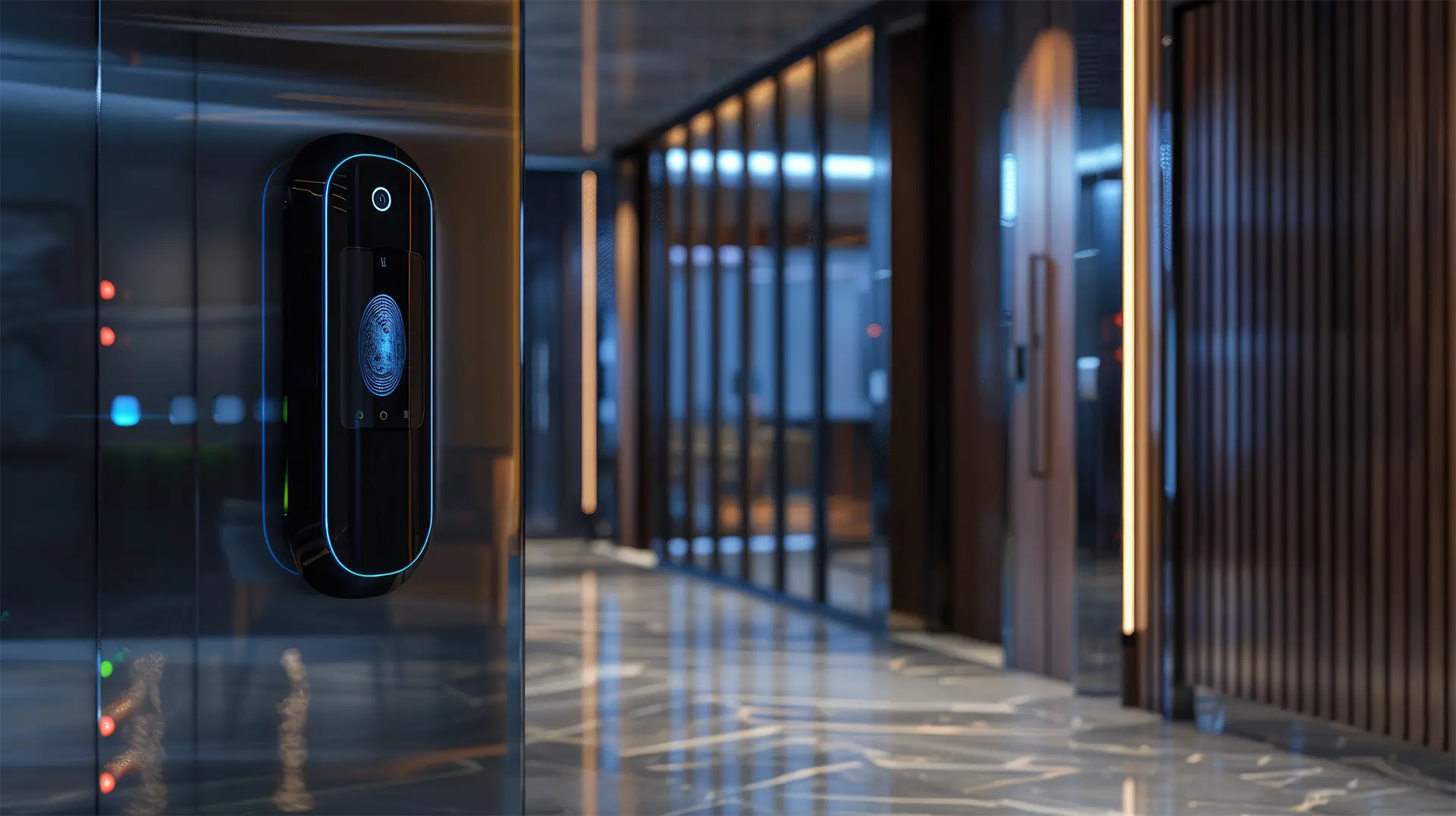Table of contents
- Importance of physical security
- Physical security measures
- Integration of physical and cyber security
- Examples of physical security in IT systems
- Threats to physical and cyber security
- Levels of protection
Importance of physical security
Physical security is a crucial element for the protection of IT systems and data. It not only involves protection against physical threats such as theft or vandalism but also includes safeguarding hardware devices and the data within them. Physical and cyber security must be considered in an integrated manner to ensure a high level of protection against potential threats.
Physical security measures
Physical security measures are essential to protect hardware infrastructures and ensure data integrity. These measures encompass a variety of techniques and devices designed to prevent unauthorized access, physical damage, and other threats. Below, we explore some of the main physical security measures and provide concrete examples of their use.
Access control systems
Access control systems are designed to limit entry to restricted areas to authorized personnel only. These systems use advanced technologies to ensure that only individuals with the correct credentials can access certain zones.
- Magnetic badges
Many companies use magnetic badges that must be swiped through a reader to grant access. These badges can be programmed to provide different levels of access depending on the employee’s role.
- Biometric scanners
These devices use unique human body characteristics such as fingerprints, facial recognition, or iris scans to verify a person’s identity. For example, many data centers use biometric scanners to ensure that only authorized personnel can access the servers.
- Access codes
In some cases, sensitive areas are protected by keypads where a PIN code must be entered to gain access. This method is commonly used in combination with other security measures to increase the level of protection.
Physical barriers
Physical barriers are tangible elements that prevent unauthorized access and protect critical infrastructures from physical damage.
- Reinforced doors
Reinforced doors are used in environments that require a high level of security, such as server rooms and executive offices. These doors are constructed with resistant materials and often include advanced security locks.
- Fencing
Fencing is commonly used to delineate restricted areas outside buildings. For example, data centers often have perimeter fences to prevent unauthorized access to the facility grounds.
- Bulletproof glass
In some high-risk contexts, bulletproof glass is installed to protect personnel and equipment from potential attacks. For instance, banks and government offices might use bulletproof glass.
Surveillance and alarm systems
Surveillance and alarm systems are fundamental for monitoring activities inside and outside structures and for promptly detecting potential threats.
- Surveillance cameras
Closed-circuit television (CCTV) cameras are used to continuously monitor critical areas. For example, a network of cameras might be installed in a data center to monitor corridors and server rooms, providing a visual deterrent against unauthorized access.
- Alarm systems
Alarms can be activated in the event of attempted intrusion, fire, or other incidents. These systems are often connected to remote monitoring centers that can quickly respond to any emergency. For example, a fire alarm system might detect smoke or heat and automatically activate water sprinklers to extinguish the fire.
Security personnel
Trained security personnel represent an additional layer of protection for critical infrastructures. These professionals are responsible for monitoring activities, responding to emergencies, and implementing security policies.
- Security guards
Security guards may be employed to monitor building entrances and exits, conduct regular patrols, and respond to emergency situations. For instance, many banks and data centers employ security guards for constant monitoring.
- Security managers
These professionals are tasked with developing and implementing security policies, conducting regular audits, and training staff on security practices. In a company, the security manager might coordinate activities between the IT team and physical security personnel to ensure an integrated approach to data protection.
Examples of concrete physical security measures and systems
- Data centers
A data center might have multiple layers of physical security, including perimeter fencing, security guards, surveillance cameras, biometric scanners, and reinforced doors to protect servers.
- Banks
Banks use measures such as bulletproof glass, advanced alarm systems, safety deposit boxes, and armed guards to protect financial assets and customer data.
- Government offices
These buildings often implement biometric scanners, strict access control, surveillance cameras, and security personnel to protect sensitive information and ensure employee safety.
Implementing these physical security measures is crucial to creating a safe environment where IT systems can operate without the risk of disruptions caused by unauthorized access or physical damage. Combining various techniques and devices ensures comprehensive protection against a wide range of potential threats.

Integration of physical and cyber security
Physical and cyber security must be integrated to ensure complete data protection.
Example:
A security management system can combine physical access control systems with security measures that protect against cyber threats such as firewalls and antivirus software.
This approach reduces the risk of coordinated cyber and physical attacks. The integration of physical and cyber security is essential to protect sensitive information from potential threats.
Examples of physical security in IT systems
Numerous examples of physical security in IT systems demonstrate the importance of an integrated approach. Companies often implement protected server rooms with strict access control systems and continuous monitoring. Banks use safes and advanced alarm systems to protect financial data. Data centers adopt extreme physical security measures, such as protection against fires, floods, and vandalism, to ensure operational continuity.
Threats to physical and cyber security
Threats to physical and cyber security are constantly evolving. Cyber attacks can be combined with physical intrusions to maximize impact.
Example:
A hacker might exploit unauthorized physical access to install malware on an IT system.
Therefore, it is essential for organizations to adopt physical and cyber security measures to protect their assets. Data protection must be a priority to reduce the risk of losing sensitive information.
Levels of protection
Implementing different levels of protection is essential for effective security. Physical security measures must be layered, including external barriers, access control, and internal protection. Similarly, cyber security must be multilayered, with firewalls, encryption, and threat detection software. This multi-level approach ensures that even if one security measure is compromised, others can prevent unauthorized access or a cyber attack.

